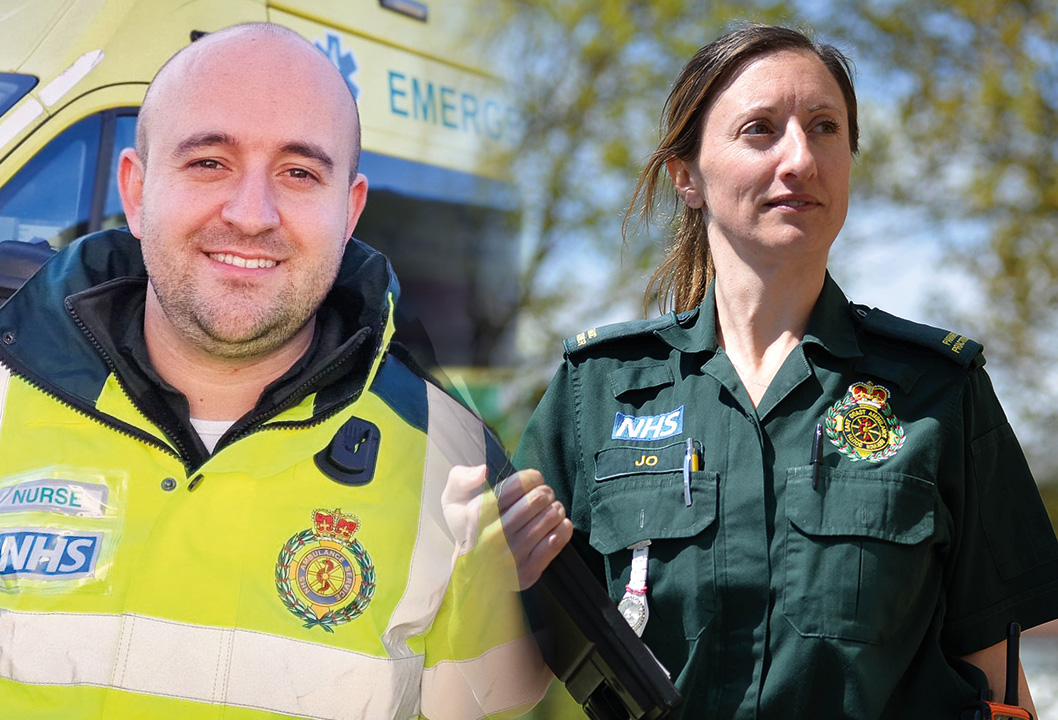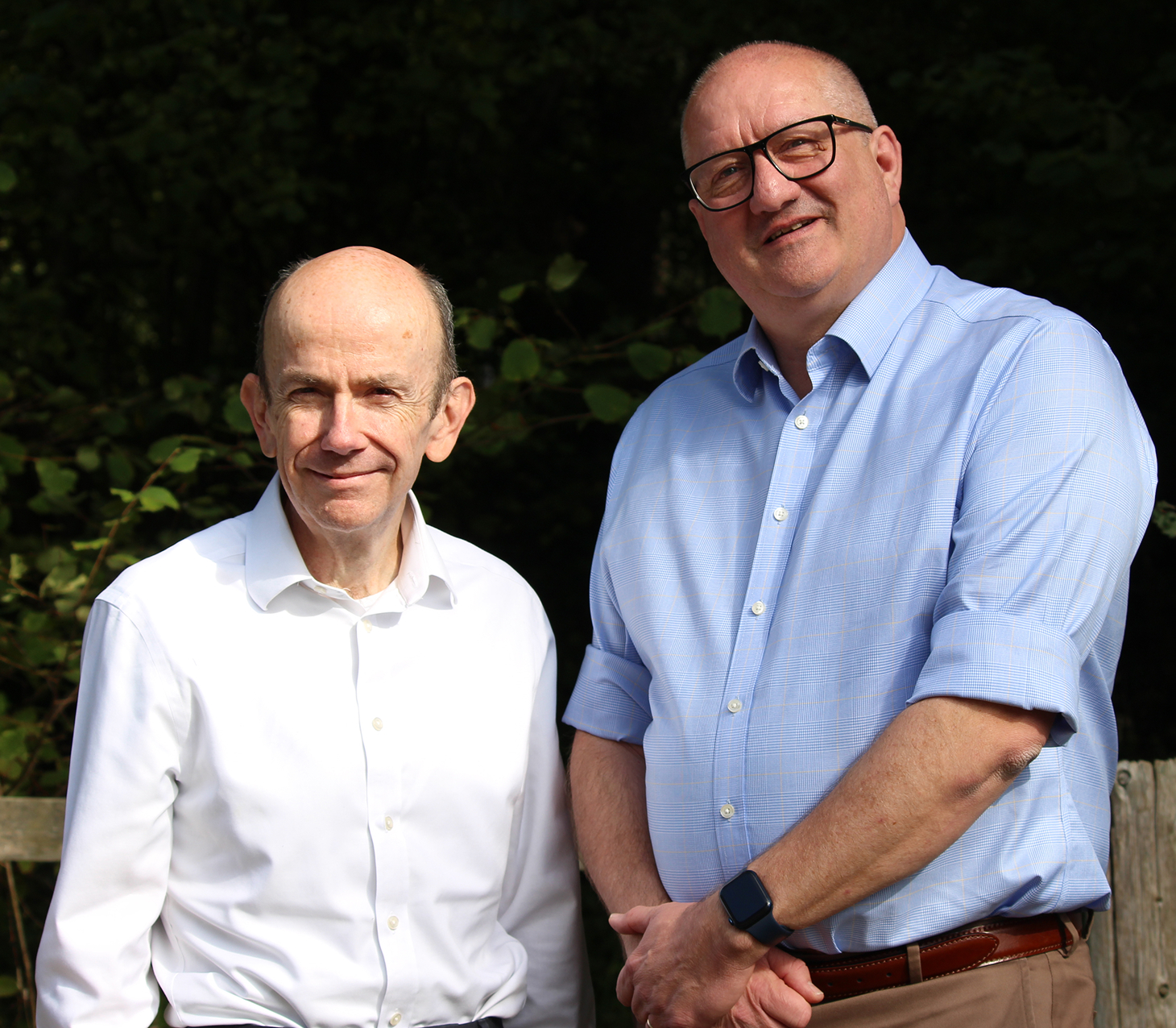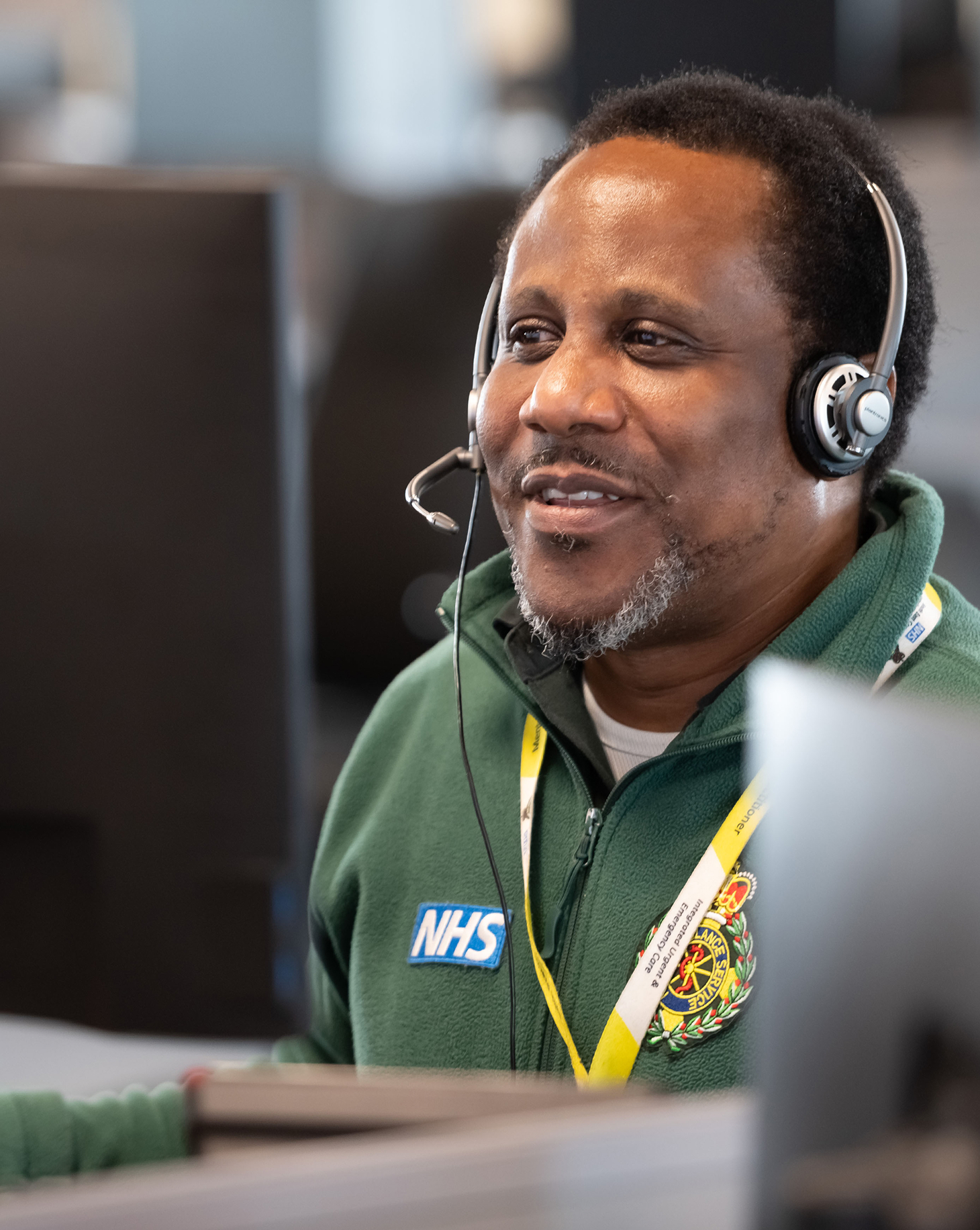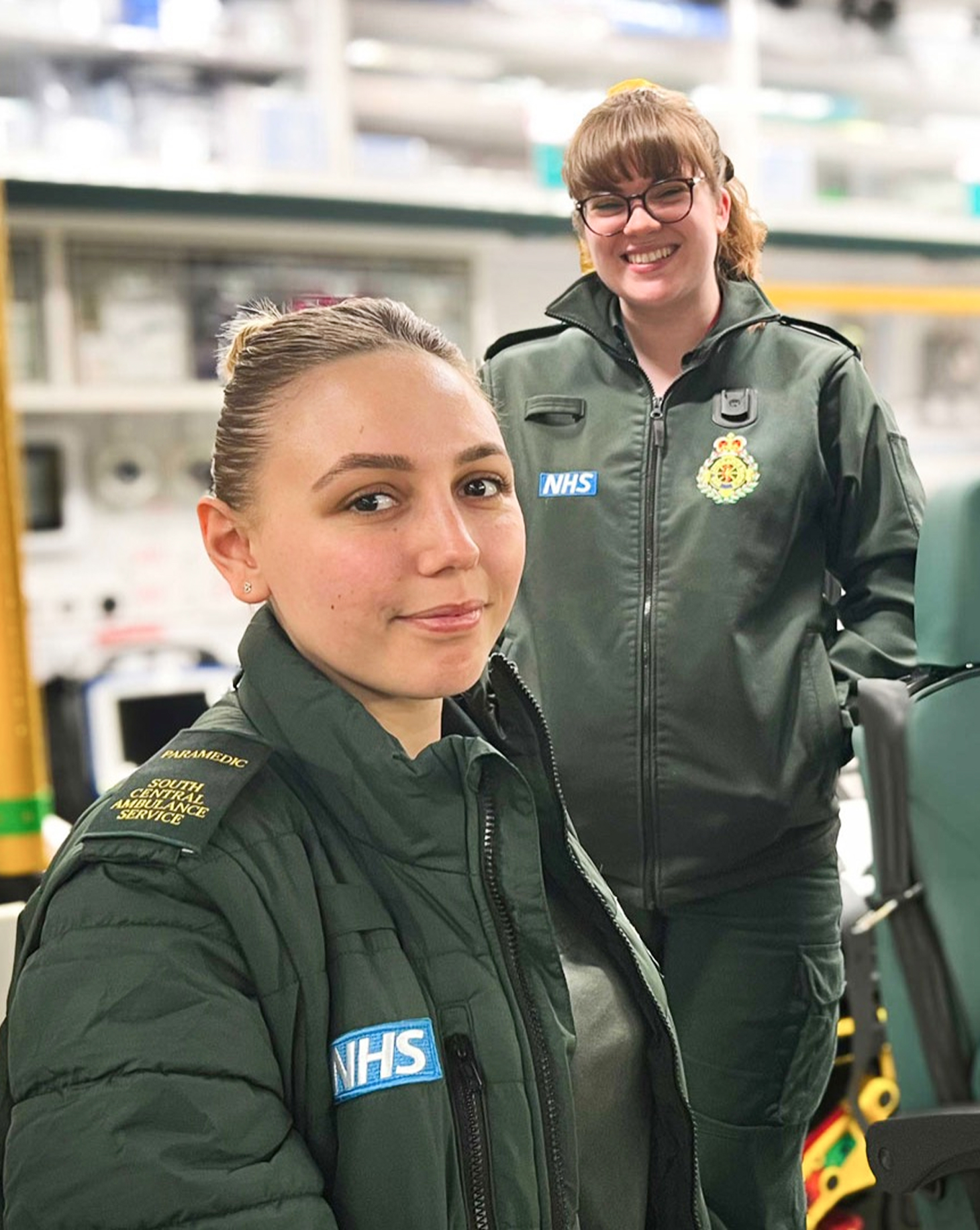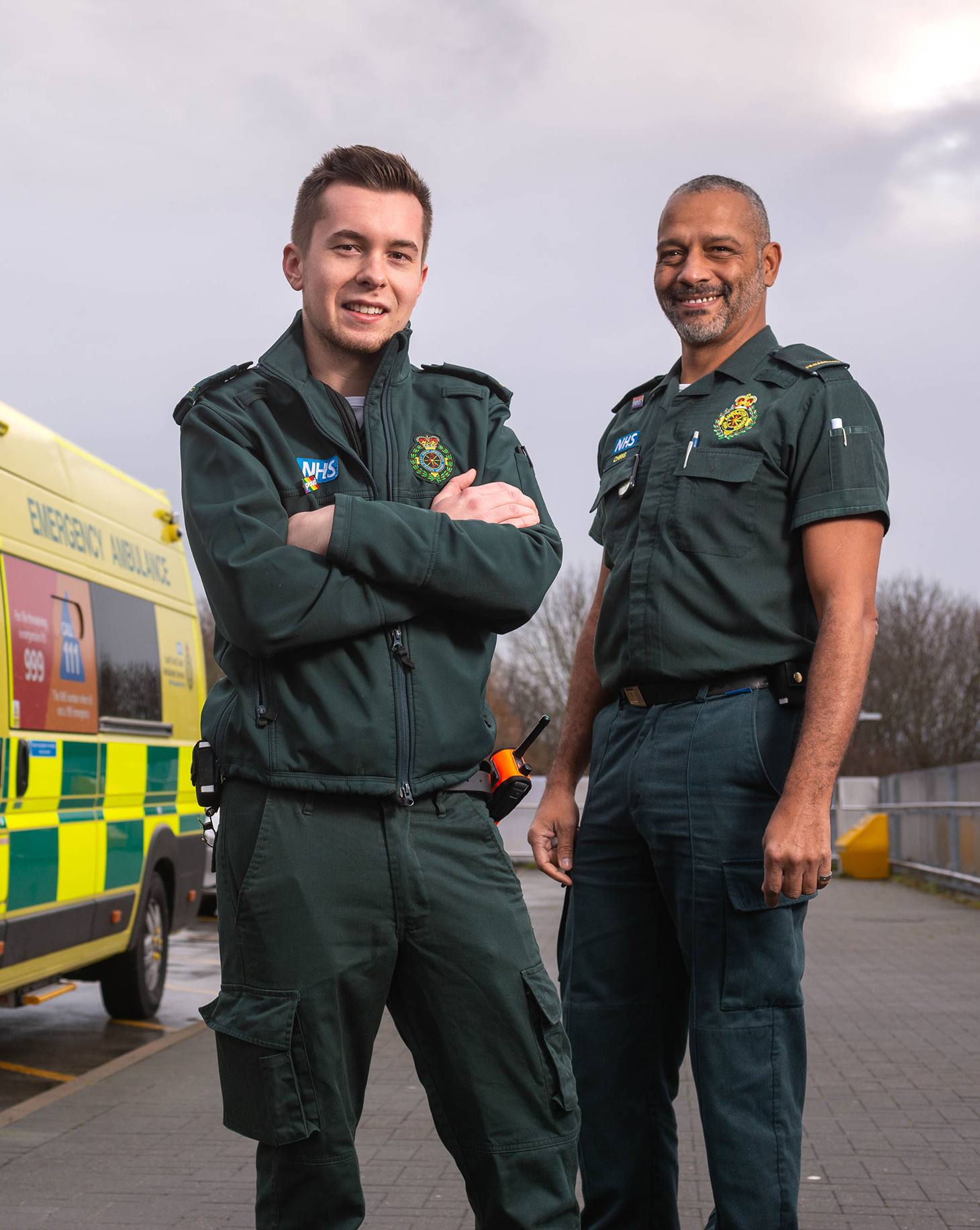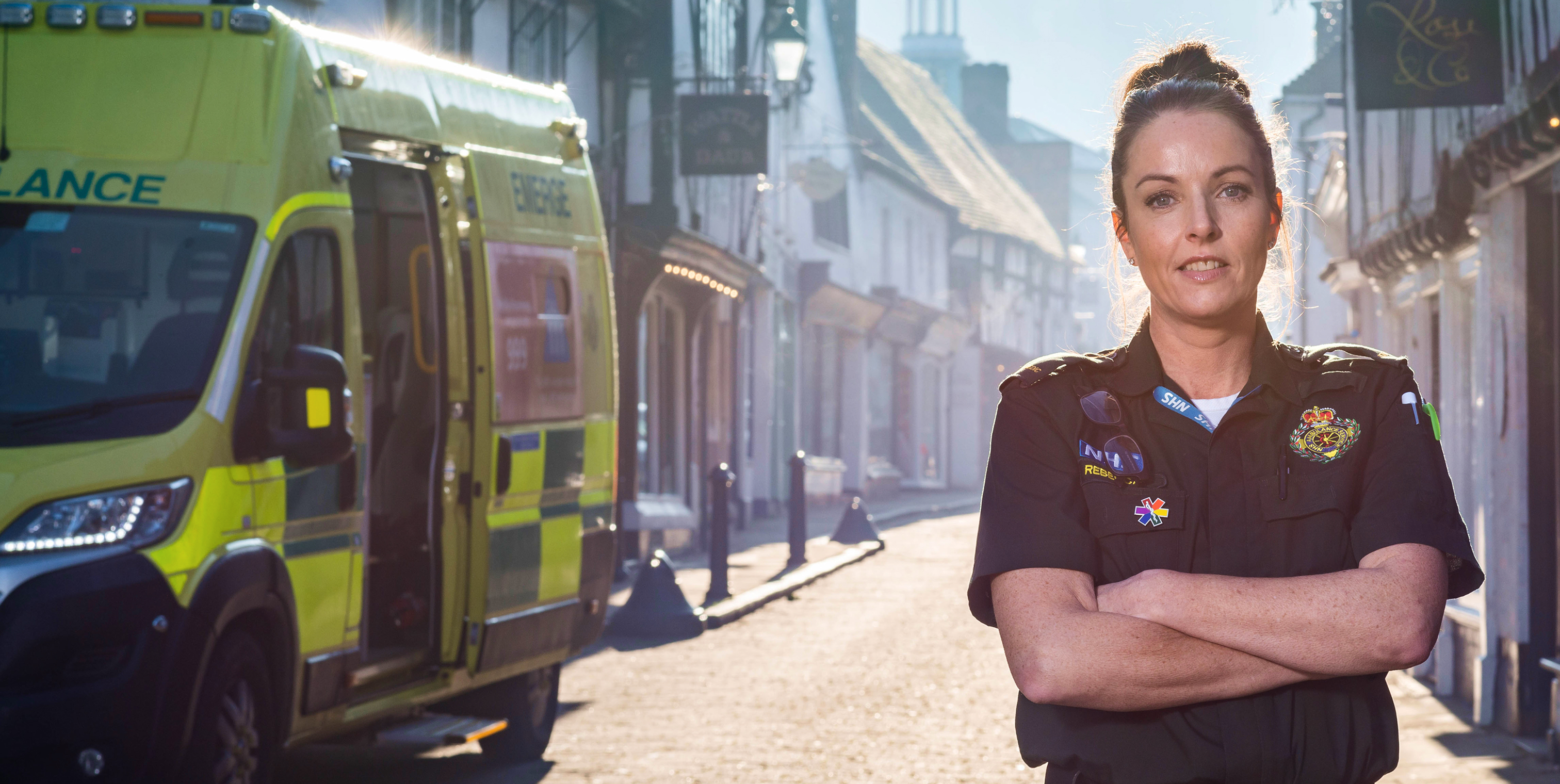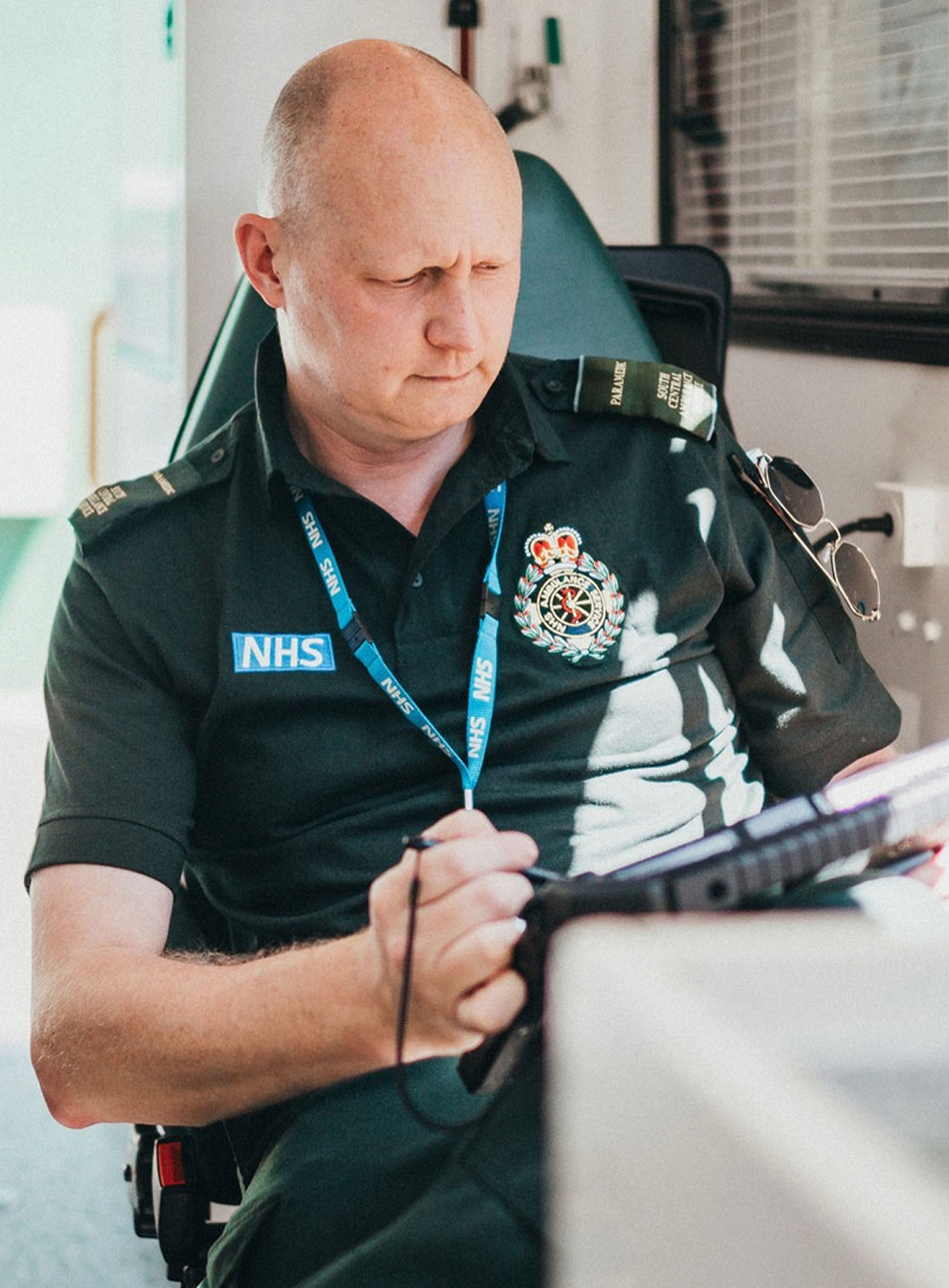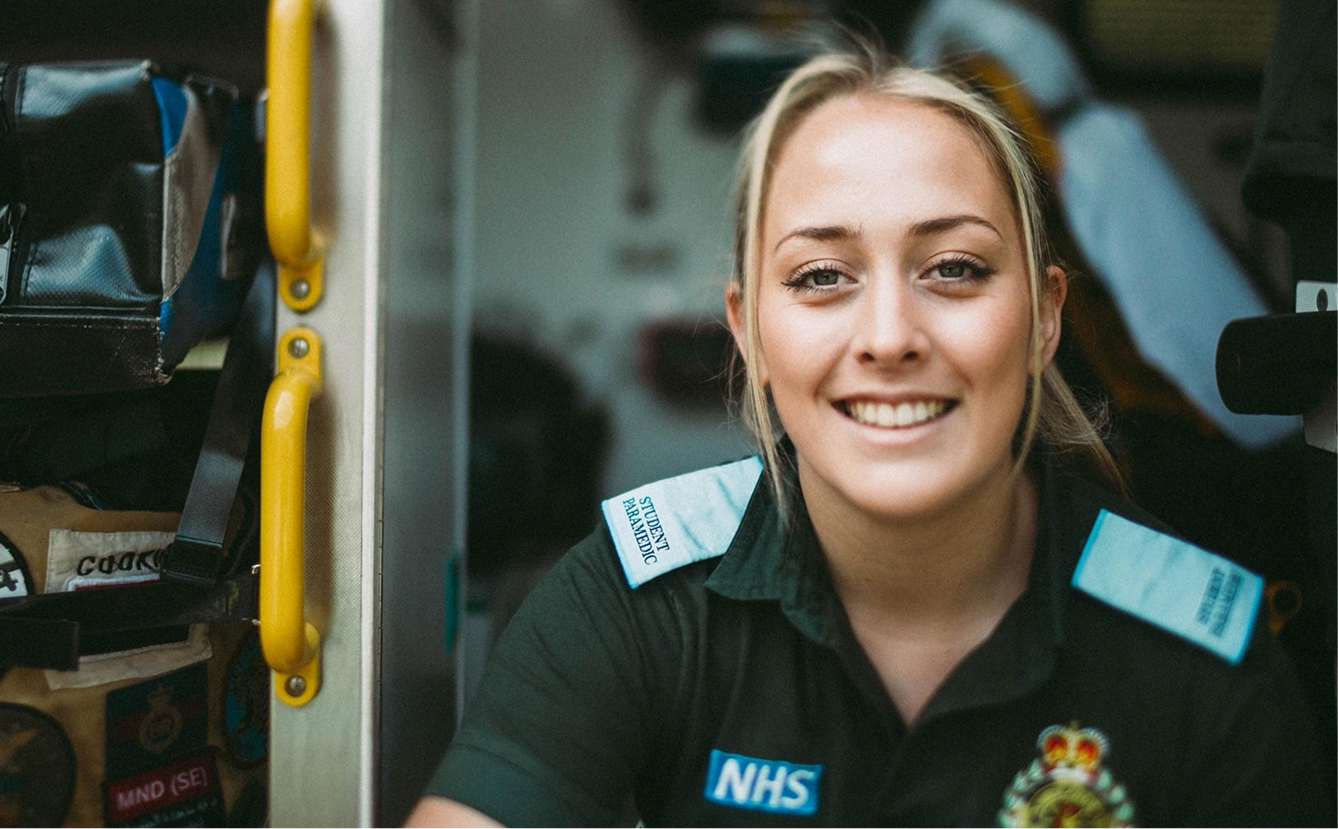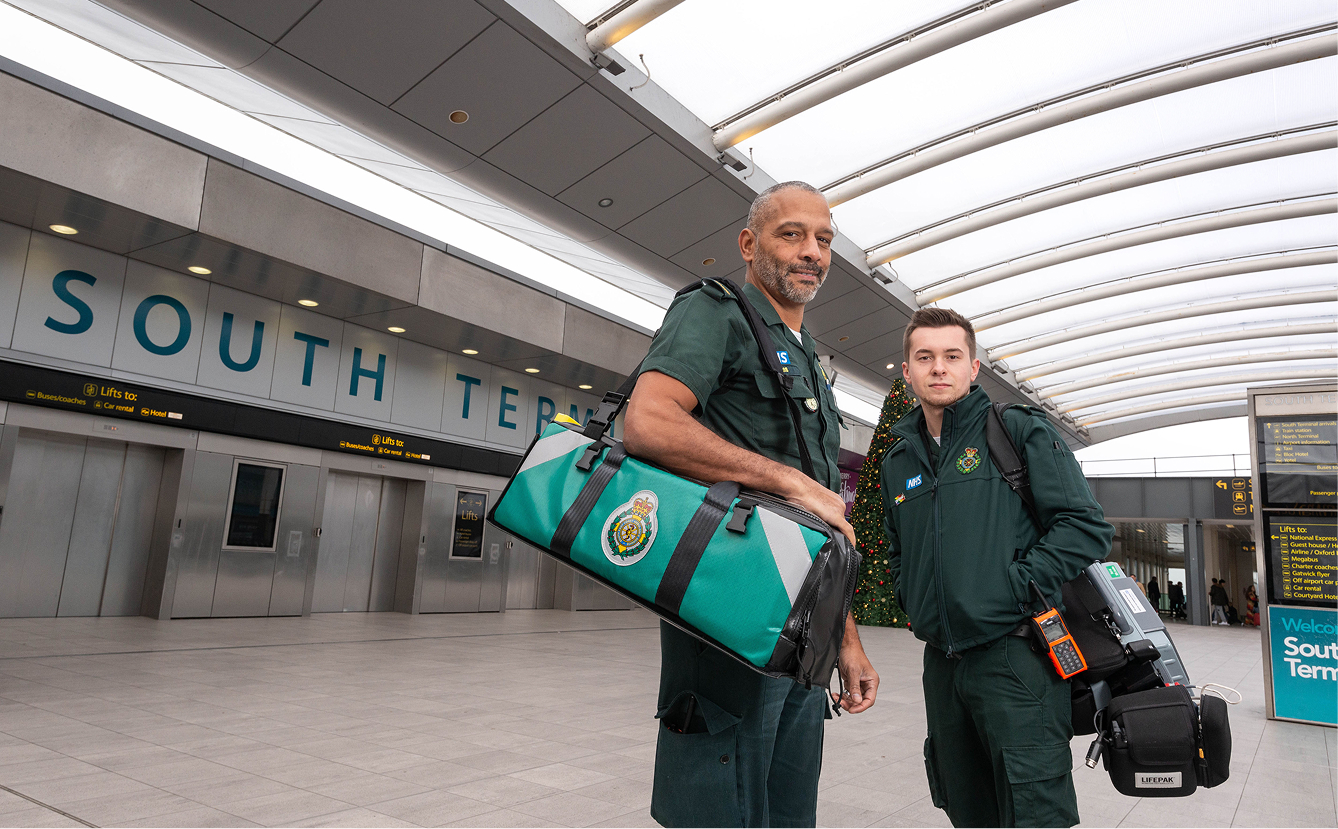Case for Change
Meeting the needs of our patients:
We recognise that there is more we can be doing to deliver timelier responses to patients. In 2024/25 in the South East, the most urgent calls (Category 1) took an average of 8 minutes 38 seconds – above the 7-minute target. For Category 2 emergencies, the average was 30 minutes 11 seconds against an 18-minute constitutional standard.
We also know that clinical outcomes can vary significantly across the region. This is a result of differing service models and historic fragmentation in commissioning. By working together, we aim to level up and enhance our response to patients. Working with a region-wide single strategic commissioning, we will be able to standardise our model, harmonise our deployment, and improve our training and approach pathway development. This will ensure more equitable clinical outcomes and improved performance for our patients.
What makes this even more important to act now is that the South East has one of the fastest growing older populations in the country. By 2034, the number of people aged over 85 is expected to rise by more than 60 per cent. This, along with differences between urban, coastal and rural areas, means demand for ambulance services could increase by over 20 per cent in the next decade.
Our plans are consistent with the NHS 10 Year plan. By working together, we will be able to affect the changes at a larger scale, ensuring that the much-needed service changes both within the Ambulance Service as well as across other parts of the healthcare system are affected, enabling the key shift from Hospital to Community.


